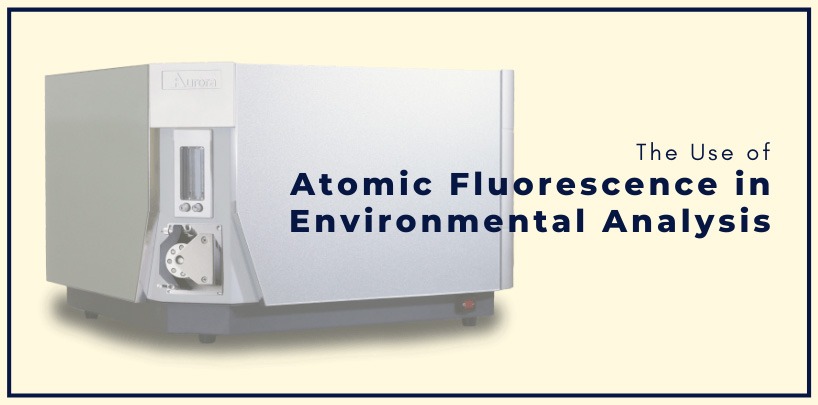
Environmental safety is a growing concern for many people around the world. As such, the need for more accurate and reliable environmental analysis is also a pressing need. Scientists utilize automated liquid handling workstations for atomic fluorescence in environmental analysis. They can identify and analyze trace amounts of potentially volatile elements in water and soil samples. This increases environmental and individual safety.
What is atomic fluorescence spectroscopy?
To properly understand atomic fluorescence spectroscopy, one must first understand atomic absorption spectroscopy. Atomic absorption spectroscopy, sometimes abbreviated as AAS, is the process of measuring the quantity of light absorbed by atoms in a given sample. Professionals use this process across many industries, including pharmacology, archaeology, and agriculture. Atomic fluorescence spectroscopy, often abbreviated AFS, is a subset of atomic absorption spectroscopy. This process begins by exposing a sample to light at a particular wavelength. The sample absorbs this light, exciting its electrons into a more energized state. Once energized, the electrons emit light photons at a specific wavelength, which scientists use to identify and analyze the presence and concentration of specific elements within the sample. This process is quite similar to that of atomic absorption spectroscopy. However, rather than testing the quantity of light absorbed, it focuses on the quantity of light emitted by the electrons.
Applications of atomic fluorescence spectroscopy in environmental analysis
Laboratories across many industries utilize atomic fluorescence spectroscopy. Among these industries are agricultural studies and environmental analysis. Perhaps the most common use for atomic fluorescence in environmental analysis is in the identification and evaluation of potentially harmful environmental elements. For example, mercury, arsenic, selenium, antimony, and lead. Though these elements occur naturally, they can still be quite volatile. Because these elements are naturally-occurring, they sometimes appear in soil and water samples, which can be dangerous to humans. Using atomic fluorescence spectroscopy, environmental scientists can analyze small soil or water samples to determine the make-up of elements within. This process can be particularly useful in identifying the presence of mercury in water samples. Though mercury typically occurs in very minuscule amounts, it can still be quite harmful. As such, it requires the use of extremely precise processes, such as atomic fluorescence spectroscopy, to properly identify mercury. Professionals can also use this process in the detection of hydride-forming elements which form covalent hybrids when paired with hydrogen. They have the potential to be quite volatile.
Automated liquid handling in atomic fluorescence spectroscopy
With increased governmental and social pressure surrounding environmental safety and regulations, the use of automated liquid handling equipment for atomic fluorescence spectroscopy processes has also increased. We can now streamline the process, which can be quite lengthy otherwise, thanks to the ease and speed of automated liquid handling workstations. These workstations can detect hydride-forming elements in trace amounts with increased accuracy and reliability. Additionally, scientists can use these highly sensitive workstations to identify mercury in various samples for application across many industries, including food safety, agriculture, and environmental monitoring.


